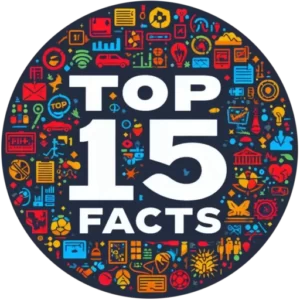Introduction
Money. It’s a concept as old as civilization itself. From basic barter systems to the complex digital currencies of today, the way we perceive and exchange value has been in a constant state of flux. In this article, we’ll embark on a historical adventure, unearthing 15 surprising facts about the evolution of money that will reshape your understanding of this ubiquitous tool.
15 Surprising Facts about Evolution of Money
- Seashells were one of the earliest forms of currency.
- The first metal coins were minted in Lydia (modern-day Turkey) around 700 BC.
- The word “salary” comes from the Latin word for “salt,” which was a valuable commodity once paid to Roman soldiers.
- Paper money was first introduced in China during the Tang Dynasty (618-907 AD).
- Sweden became the first European country to issue official banknotes in 1661.
- The largest denomination note ever issued by the United States was the $100,000 Gold Certificate.
- Ancient Rome mass-produced standardized coins for the first time.
- Salt itself was once a form of currency.
- Counterfeiting has been a problem since the invention of money.
- Rai stones on the island of Yap were a massive and immovable form of currency.
- The first credit cards appeared in the early 1900s.
- The U.S. penny costs more to produce than it’s worth.
- Money carries thousands of types of bacteria.
- Digital currencies like Bitcoin rely on blockchain technology.
- The future of money may be entirely cashless.
1. Seashells were one of the earliest forms of currency.
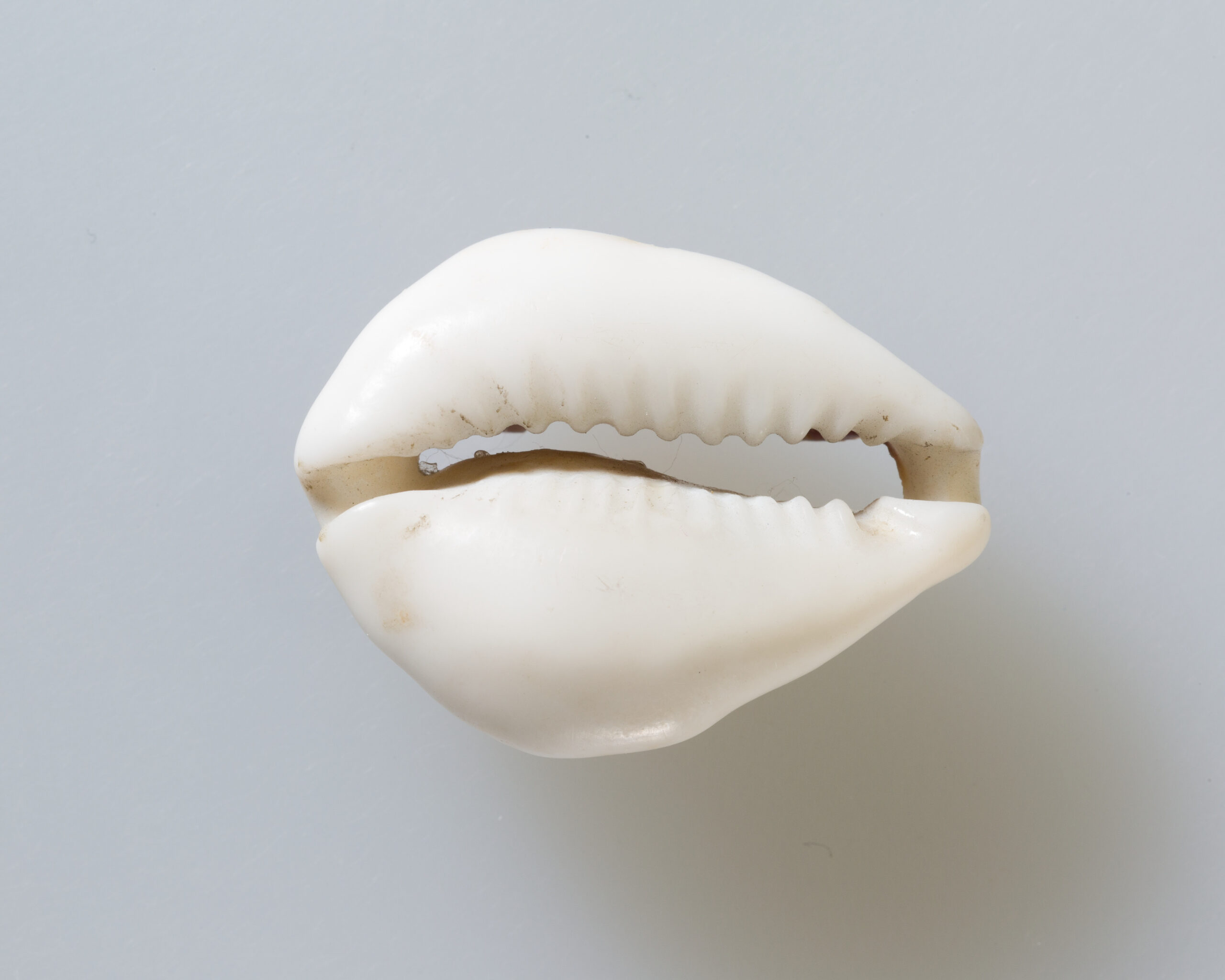
Long before precious metals or minted coins, civilizations around the world recognized the value of seashells as currency. Cowrie shells, in particular, were prized for their durability, beauty, and relative scarcity. Their smooth, glossy surface was resistant to wear, and their vibrant colors and patterns made them aesthetically pleasing. In trade networks spanning Africa, Asia, and even parts of the Americas, cowrie shells were used to purchase goods, pay debts, and even symbolize social status. The fact that such diverse cultures independently converged on the use of seashells underscores the fundamental human need for a reliable and agreed-upon medium of exchange.
2. The first metal coins were minted in Lydia around 700 BC.
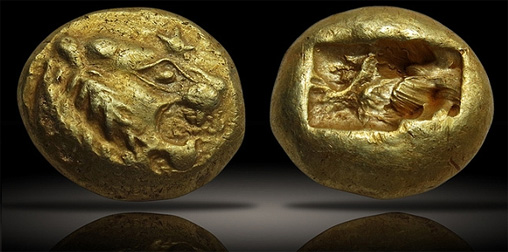
The ancient kingdom of Lydia, located in what is now western Turkey, made a transformative leap in trade by introducing the first standardized metal coins. These coins were struck from electrum, a naturally occurring mix of gold and silver, and bore official seals guaranteeing their weight and purity. This innovation replaced the need to weigh and assess the value of raw metal with each transaction, greatly simplifying trade and fostering trust in the marketplace. The standardization of coinage introduced by Lydia became a cornerstone of modern economic systems.
3. The word “salary” comes from the Latin word for “salt,” which was a valuable commodity once paid to Roman soldiers.
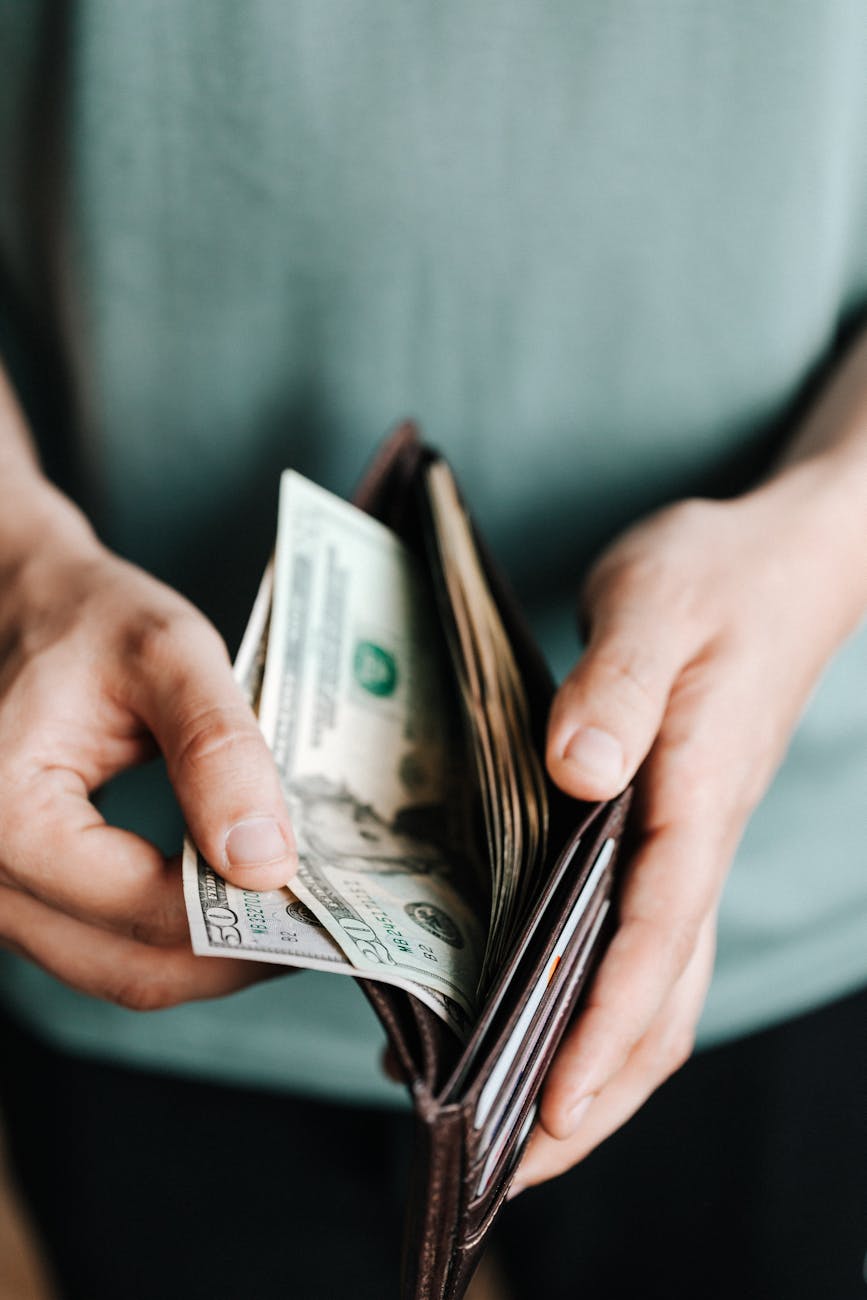
In ancient Rome, salt was a precious commodity essential for food preservation, flavoring, and even medical purposes. Its value was such that Roman soldiers were sometimes paid a “salarium” – an allowance for salt. Though wages were later paid in currency, the term “salarium” evolved into the modern word “salary,” offering a fascinating glimpse into how once-essential commodities can shape language and economic concepts over time.
Read More: 15 Mind-Blowing Facts About the Global Economy | Unveiled
4. Paper money was first introduced in China during the Tang Dynasty.
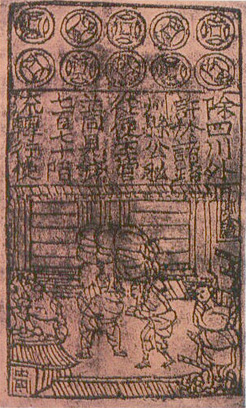
Image Source: wikipedia
While heavy metal coins were a significant improvement over barter systems, they became cumbersome for large transactions. China, during the prosperous Tang Dynasty (618-907 AD), pioneered the use of paper money called “Jiaozi” to address this issue. Initially issued by private merchants, these early banknotes were eventually adopted and regulated by the government. The invention of paper money revolutionized trade and laid the groundwork for the complex paper currency systems we use today.
5. Sweden became the first European country to issue official banknotes in 1661.
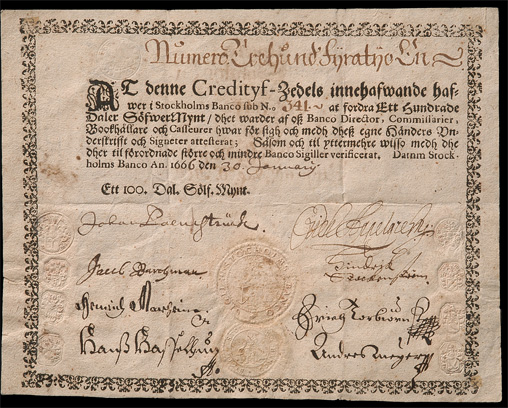
Though China pioneered paper money centuries earlier, it took time for the concept to reach Europe. In 1661, Stockholms Banco in Sweden issued Europe’s first official banknotes. These notes were initially met with skepticism but gradually gained acceptance due to their convenience compared to bulky metallic coinage. Sweden’s innovation spurred the adoption of paper currency throughout Europe, transforming the continent’s monetary landscape.
6. The largest denomination note ever issued by the United States was the $100,000 Gold Certificate.
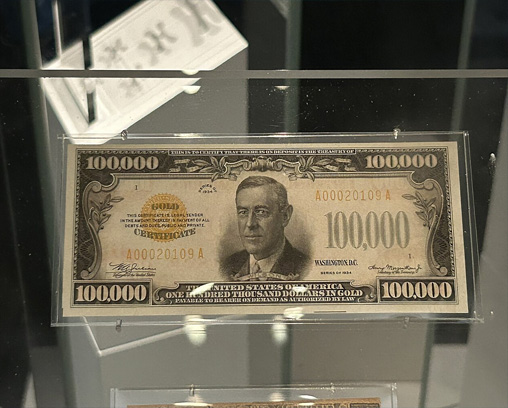
These extraordinary banknotes were printed from 1934-1935, but were never intended for public circulation. Instead, they were used exclusively for transactions between Federal Reserve Banks. Their existence highlights the need for large-scale transfers of value within the financial system, even before the era of electronic transactions.
Read More: Top 15 Financial Innovations that Changed the World | History & Impact
7. Ancient Rome mass-produced standardized coins for the first time.
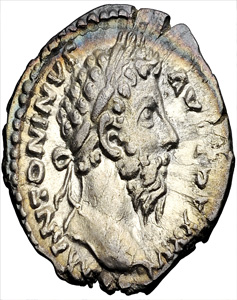
To support its sprawling empire and vast trade network, Rome needed an efficient and reliable currency system. Roman mints achieved this through the mass production of coins with standardized designs, weights, and metal compositions. This ensured that a coin’s face value was instantly recognizable and trusted across the empire, streamlining trade and projecting the power and authority of Rome.
8. Salt itself was once a form of currency.
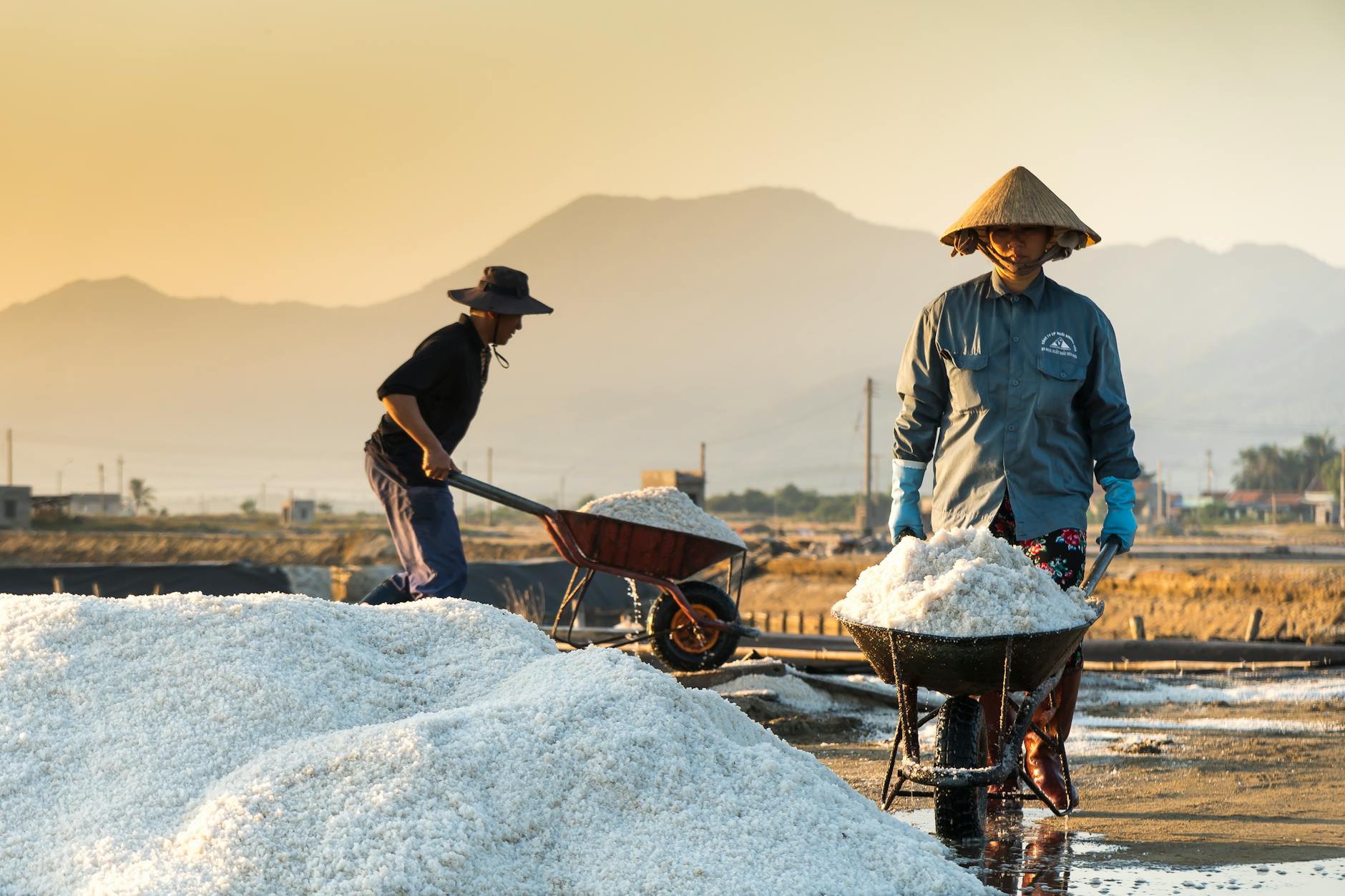
Salt, a seemingly ordinary substance, has played a fascinating role in human history, including serving as a form of currency. Prized for its ability to preserve food, enhance flavor, and even hold medicinal properties, salt was a valuable commodity in many societies. Roman soldiers, as we saw earlier, were sometimes paid in salt (“salarium”), and throughout history, civilizations across the globe used salt as a medium of exchange for goods and services. This highlights the concept of value being assigned not just to precious metals or exotic objects, but to essential and utilitarian items.
9. Counterfeiting has been a problem since the invention of money.
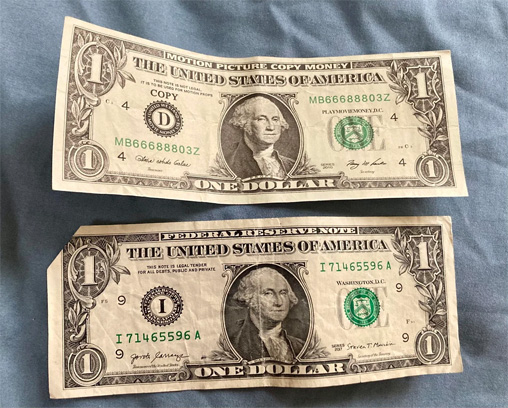
The pursuit of illicit profit is as old as currency itself. From the moment the first coins were minted or the first banknotes printed, there have been those seeking to create fraudulent copies for personal gain. Counterfeiting undermines the trust that is essential for a currency system to function. Throughout history, governments and authorities have battled counterfeiters in a constant cat-and-mouse game. As currencies became more sophisticated, so did the methods of counterfeiting, leading to the implementation of intricate designs, special materials, and high-tech security features in a never-ending quest to stay one step ahead of counterfeiters.
Read More: Top 15 Surprising Ways Social Media Impacts the Economy
10. Rai stones on the island of Yap were a massive and immovable form of currency.
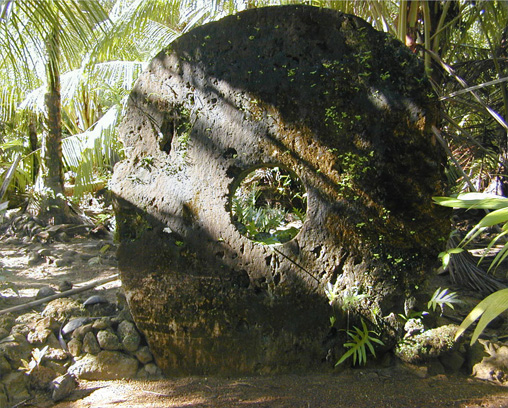
On the Micronesian island of Yap, a unique currency system emerged based on giant limestone disks called Rai stones. These stones, some reaching 12 feet in diameter, were incredibly difficult to quarry and transport. Their value lay not in portability but in their history, the effort involved in their creation, and the complex social agreements about their ownership. Ownership of Rai stones could change hands without the stones physically moving, demonstrating a currency system based on shared knowledge and trust.
11. The first credit cards appeared in the early 1900s.
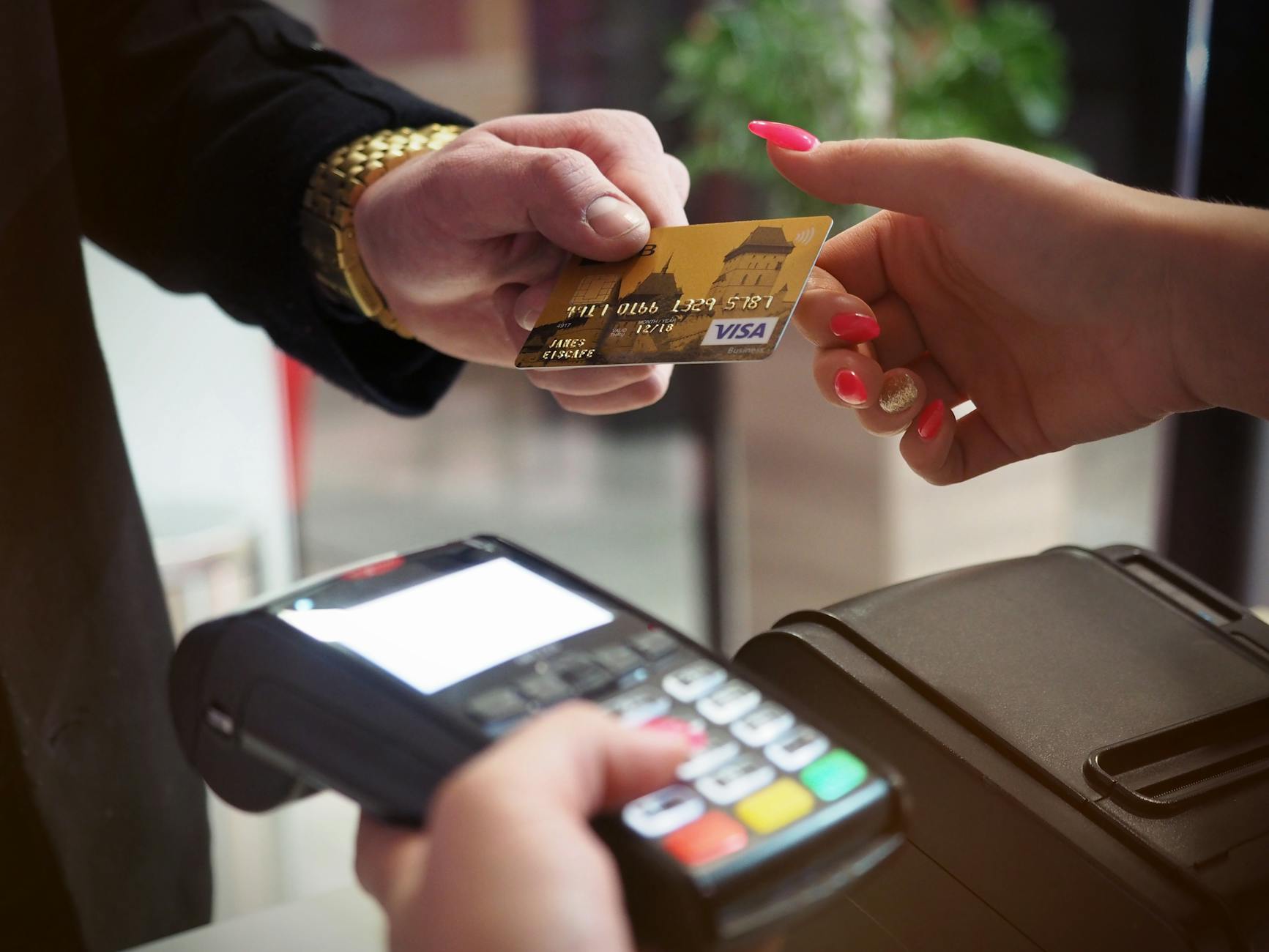
The precursors to modern credit cards emerged in the early 20th century, initially offered by individual department stores and oil companies. These early charge cards allowed customers to buy goods and services on credit, with payment deferred to a later date. This marked a shift from cash-only transactions, paving the way for the vast credit card networks and consumer credit systems we know today.
12. The U.S. penny costs more to produce than it’s worth.
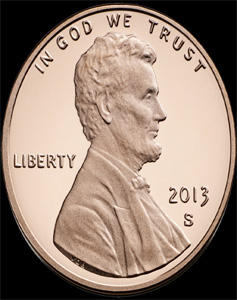
Ironically, the process of manufacturing a single U.S. penny costs more than one cent due to rising metal and production costs. This curious situation has sparked ongoing debates about the usefulness of the penny, with some arguing for its elimination from circulation due to its economic inefficiency.
Read More: Biggest Business Blunders: 15 Mistakes and Lessons Learned
13. Money carries thousands of types of bacteria.

As banknotes and coins pass through countless hands, they become miniature ecosystems for microbes. Studies have revealed a surprising diversity of bacteria on money, including common skin bacteria, potential pathogens, and even traces of substances like drugs. This underscores the importance of good hygiene practices, especially handwashing after handling money.
14. Digital currencies like Bitcoin rely on blockchain technology.
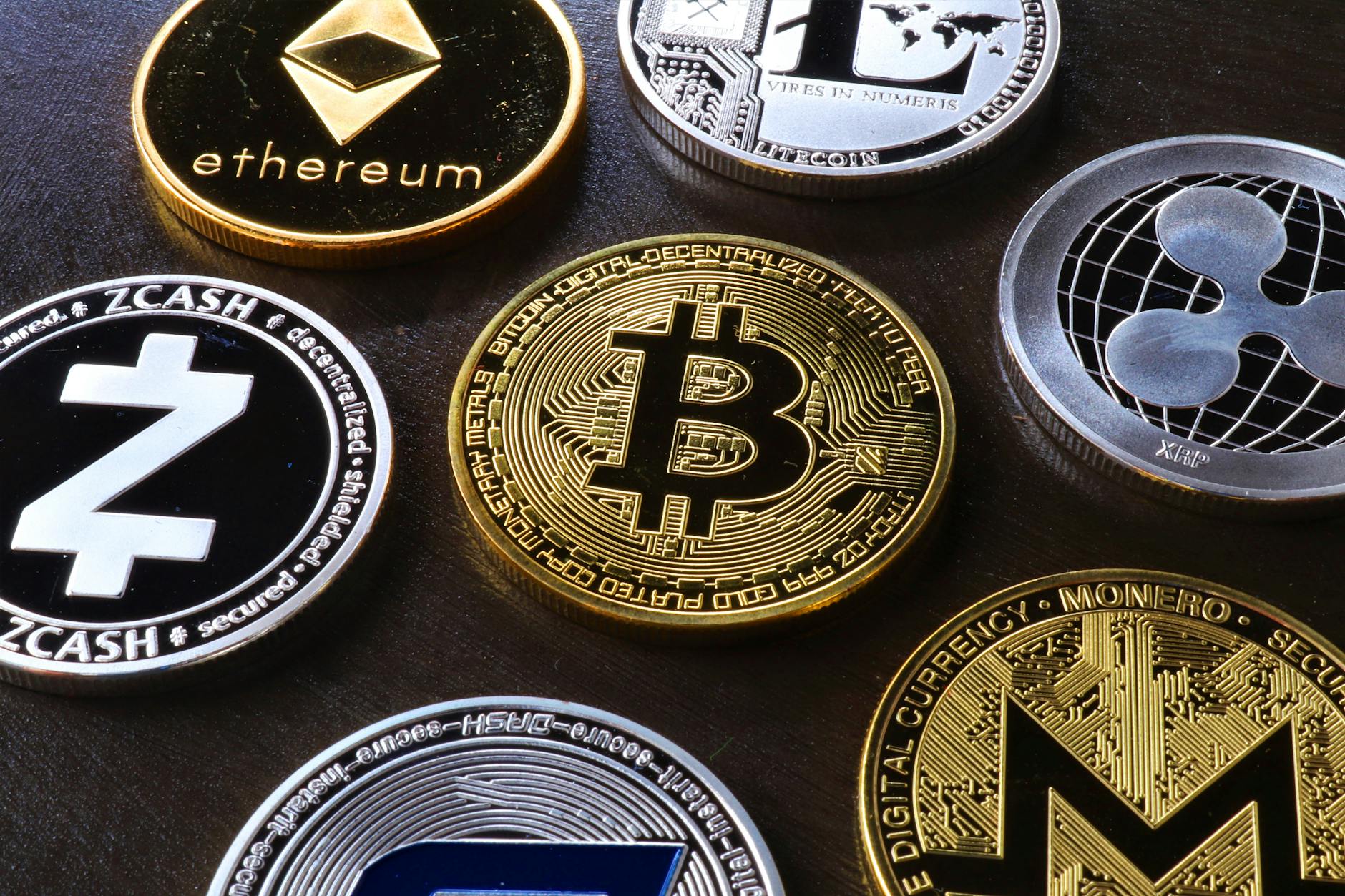
Bitcoin, the first and most well-known cryptocurrency, operates on a revolutionary technology called blockchain. Think of blockchain as a decentralized digital ledger where transactions are recorded securely and transparently across a vast network of computers. This technology eliminates the need for traditional financial intermediaries, offering the potential to transform how we think about currency and financial transactions.
15. The future of money may be entirely cashless.
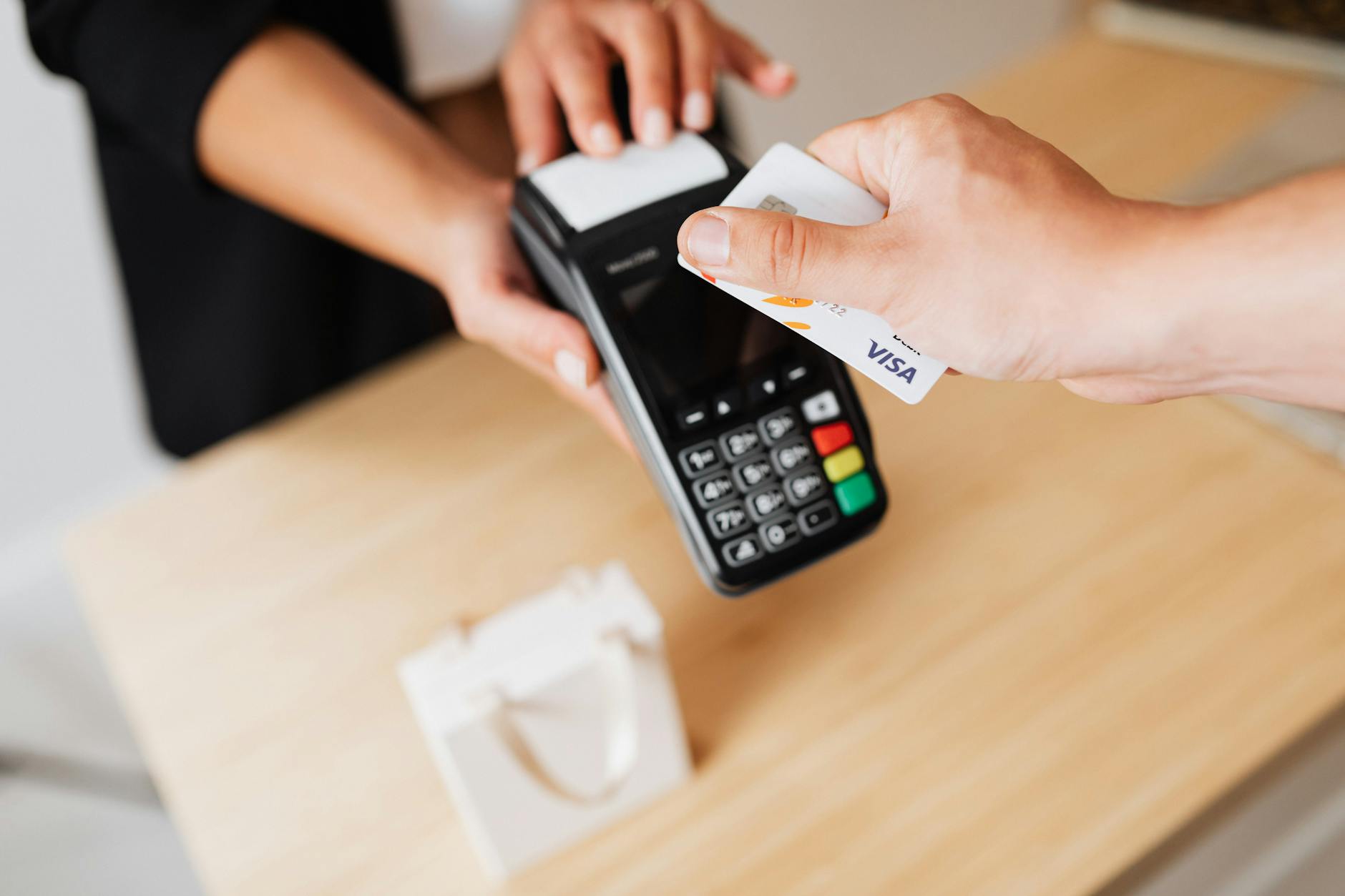
The rise of contactless payments, mobile wallets, and cryptocurrencies suggests a future where physical cash becomes increasingly obsolete. A cashless society promises potential benefits like increased speed, security, and financial tracking. However, it also raises important concerns about accessibility, financial inclusion, and potential privacy risks.
Read More: Rags to Riches Billionaires: 15 Inspiring Success Stories | Learn Their Secrets
Conclusion:
The history of money is a reflection of human ingenuity, trade, and our ever-evolving understanding of value. From simple barter systems to digital currencies, we have constantly sought ways to make transactions more efficient, secure, and accessible. As technology continues to advance, the future of money promises to be just as fascinating as its past, potentially leading us toward a world of entirely cashless societies and even currencies beyond our current imagination.
15 FAQs ( Frequently Asked Questions):
-
Why did people start using money in the first place?
Barter systems, where people traded goods directly, became cumbersome and inefficient as societies grew more complex. Money introduced a standardized medium of exchange, making it easier to buy and sell goods and services, even with people you didn’t know.
-
What are some of the strangest forms of currency ever used?
Besides the examples we’ve discussed, history has seen some truly peculiar currencies: giant squirrel pelts in medieval Russia, blocks of tea in Central Asia, and even live animals in certain cultures.
-
Is it really possible for the world to go completely cashless?
While a cashless future seems increasingly likely, there are challenges to overcome. We need to ensure that everyone, regardless of technological access or financial resources, is included in any new monetary system. Additionally, concerns around privacy and potential vulnerabilities to cyberattacks need to be addressed.
-
What makes a ‘good’ currency?
Several factors contribute to a good currency: stability (its value doesn’t fluctuate wildly), portability (easy to carry), durability (it can withstand wear and tear), recognizability (people can readily identify it), and some degree of scarcity (to prevent overabundance and loss of value).
-
How can I learn more about the history of money?
There are fantastic resources available! Museums often have exhibits on numismatics (the study of coins), and many books and documentaries delve into the captivating story of currency around the world.
-
What is the role of government in money creation?
Historically, governments and central banks play a crucial role in issuing and regulating currency. They manage the money supply, set interest rates, and take measures to protect against inflation and economic instability.
-
Could cryptocurrency like Bitcoin replace traditional money?
Cryptocurrencies offer a decentralized alternative to government-backed currencies, but they also have several challenges. Their volatility, limited acceptance by merchants, and potential for use in illegal activities pose obstacles to widespread adoption as a replacement for traditional money.
-
How has the way we use money changed over time?
From carrying pouches of coins to tapping our smartphones, the ways we interact with money have drastically evolved. The rise of digital wallets, contactless payments, and online banking has transformed spending and saving habits.
-
Why are some currencies more valuable than others?
A currency’s value is influenced by factors such as the economic strength and stability of its issuing country, global demand for that currency, and overall trust in its system.
-
What does the future of money look like?
The future of money is likely to be increasingly digital, with a potential shift towards cashless societies. Central Bank Digital Currencies (CBDCs) and the continued evolution of cryptocurrencies might play significant roles in shaping how we make transactions in the decades to come.
-
How does counterfeiting affect the economy?
Counterfeiting erodes trust in a currency system and can lead to inflation. It forces governments and businesses to expend resources on anti-counterfeiting measures, ultimately diverting money away from productive activities.
-
What are some unusual materials that have been used to make coins?
Throughout history, materials like leather, wood, porcelain, and even pressed cardboard have been used in times of crisis when metal was scarce.
-
Are there any ancient currencies still in use today?
While most ancient currencies have long been replaced, remarkably, the British Pound Sterling is the oldest currency still in active use. Its origins can be traced back over 1200 years!
-
Does collecting coins or banknotes have any educational value?
Absolutely! Studying coins and banknotes (numismatics) offers a tangible link to history. You can learn about different cultures, artistic styles, economic conditions, and even major historical events through the currency of different eras.
-
How can I protect my money from being stolen or lost?
Modern tools like secure online banking and multi-factor authentication offer greater protection for digital transactions. It’s also crucial to be vigilant against phishing scams and take precautions with physical cash and cards.
